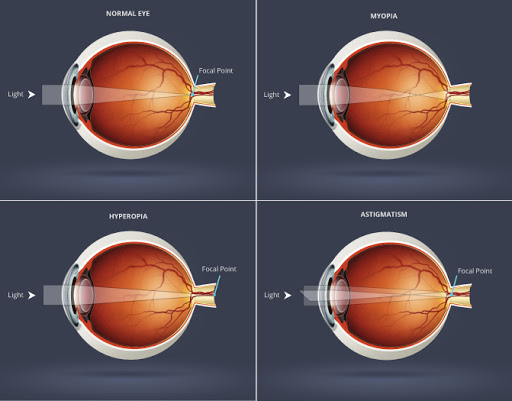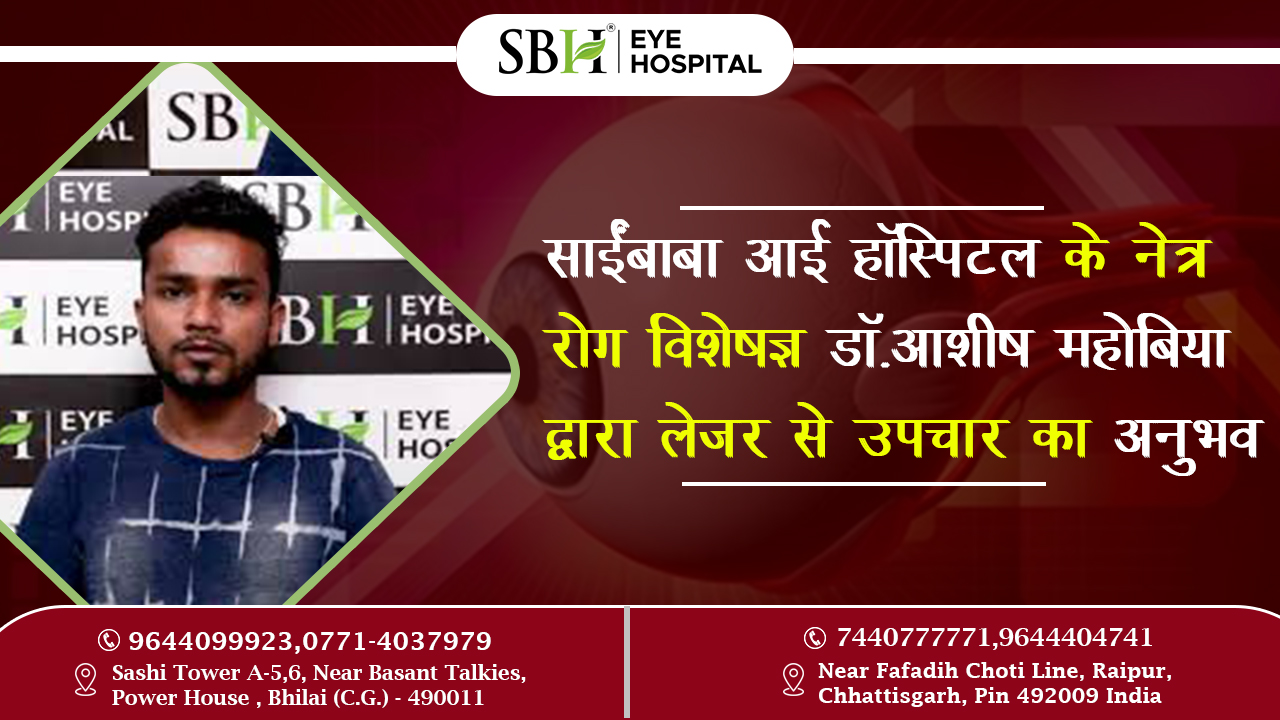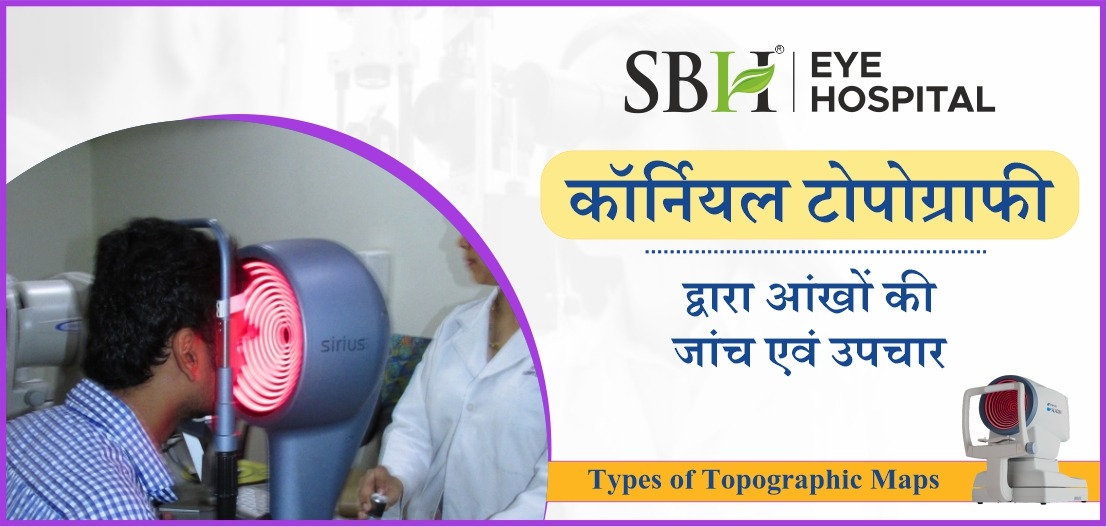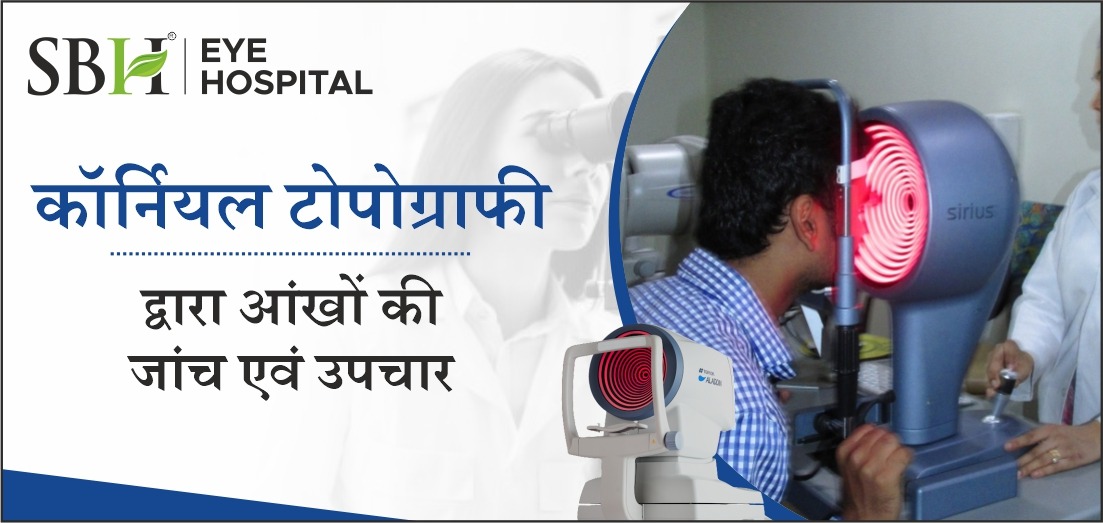What Are Refractive Errors?
Refractive errors are a kind of vision problem that makes it difficult to see clearly. They stem up when the shape of your eye keeps light away from focusing correctly on your retina, which is a light-sensitive layer of tissue located in the back of your eye.
These errors are the most common type of vision problem, with more than 150 million Americans suffering with a refractive error — but many don’t know and understand that they could be seeing much better. And this precisely aligns with the consideration as to why eye exams are so important.
Should you suffer from a refractive error, your eye doctor can prescribe eyeglasses or contact lenses to help you see clearly.
What are the types of refractive errors?
Well! There are 4 common types of refractive errors:
- Nearsightedness (myopia) makes far-away objects look blurry
- Farsightedness (hyperopia) makes nearby objects look blurry
- Astigmatism can make far-away and nearby objects look blurry or distorted
- Presbyopia makes it hard for middle-aged and older adults to see things up closely
What are the symptoms of refractive errors?
The most common symptom that patients experience is blurry vision, whereas other symptoms include:
- Double vision
- Hazy vision
- Seeing a glare or halo around bright lights
- Squinting
- Headaches
- Eye strain (when your eyes feel tired or sore)
- Trouble focusing when reading or looking at a computer or a mobile phone
While the common and usual symptoms of refractive errors can be experienced by some people, but at certain times they may not notice. Thus, it’s significantly important to get your eye exams done regularly — so your eye doctor can ensure whether you’re seeing as clearly as possible.
If you wear glasses or contact lenses and still bear these symptoms, you might need a new vision prescription. Consult your eye doctor and get an eye exam done if you are facing trouble with your vision.
Am I at risk for refractive errors?
Being quite a common incidence, anyone can develop refractive errors, but please remember that you’re at higher risk if you have family members who wear glasses or contact lenses.
Most types of refractive errors, such as nearsightedness, usually commence in childhood, Presbyopia is common in adults ageing 40 and older.
It would be prudent to consult with your doctor about your risk for refractive errors, and enquire how often you need to get periodically checked.
What causes refractive errors?
Refractive errors can be caused by:
» Eyeball length (when the eyeball grows too short or too long)
» Problems with the shape of the cornea, the clear outer layer of your eye
» Aging of the lens
How will my opthalmologist check for refractive errors?
Eye doctors can check and investigate for refractive errors as part of a comprehensive eye exam. The exam is simple and painless. Your doctor will recommend you to read letters that are up close and far away. Then, they may instill you some eye drops to dilate (widen) your pupil and check for other underlying eye problems.
The Buzz Word
Please visit your doctor for eye exams regularly without fail. And apprise your doctor if your vision gets exacerbated or if you are having problems with your glasses or contact lenses
At the same time, encourage your family members to get regularly checked for refractive errors, since they can run in families.





